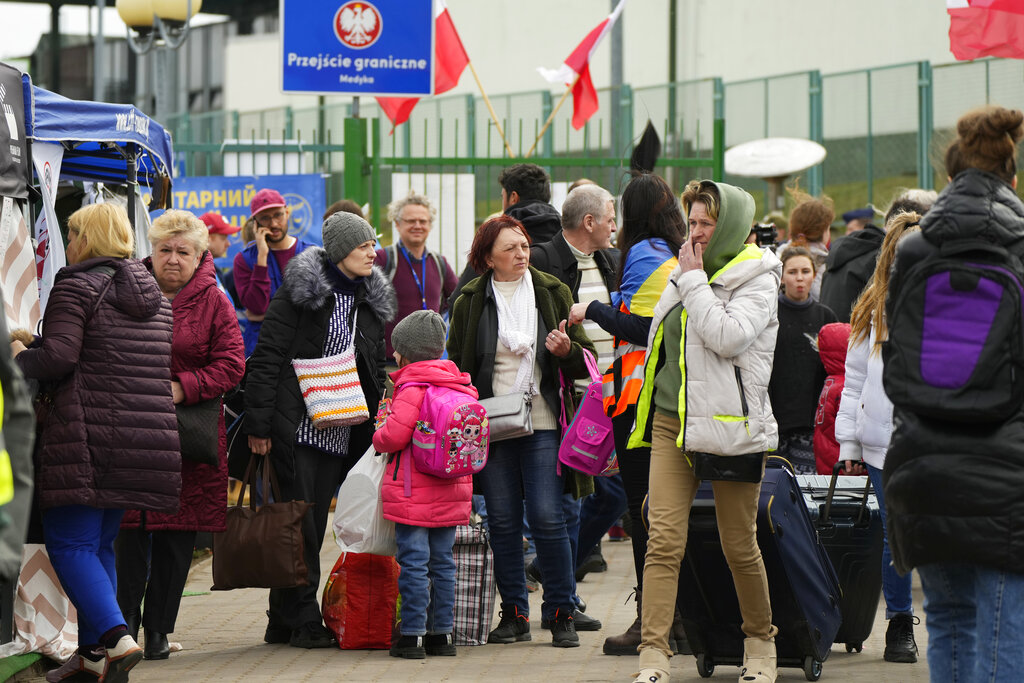Poland will begin to scale back financial assistance for Ukrainian refugees in 2024, according to Polish government spokesperson, Piotr Müller. Müller emphasized in an interview with the Polish Press Agency (PAP) that the decisions made to grant financial assistance after the war’s outbreak were of a temporary nature.
The move comes as polling shows declining support among the public for paying social benefits to Ukrainian refugees and amid growing tensions between Poland and Ukraine.
Müller stated that the phase where “Ukrainians were fleeing en masse from the war in their country is behind us,” which implies that the financial assistance decision will be progressively phased out. Müller was referring to the law to aid Ukrainian citizens in light of the armed conflict in Ukraine, which was introduced on March 12, 2022.
Müller added that the tapering off of financial support for Ukrainians is likely to commence in the “first quarter” of the upcoming year.
Estimates suggest that between 1 million to 1.5 million Ukrainian war refugees currently reside in Poland.
Polling results show waning enthusiasm to help the refugees since Russia’s invasion of Ukraine. One survey from Pollster Research Institute, commissioned by the “Super Express” newspaper, asked the Polish public, “Should we continue to help Ukrainian citizens living in Poland by offering them child benefits such as the ‘500 plus’ and other entitlements?” The results show that 60 percent of Poles surveyed say they are opposed to continuing financial aid for Ukrainian refugees living in Poland.
Of those 60 percent, 36 percent firmly oppose providing financial aid to Ukrainians, while 24 percent are somewhat opposed. Conversely, a total of 26 percent are in favor, with only 8 percent strongly agreeing and 18 percent somewhat agreeing. Another 14 percent of the respondents were unsure.





